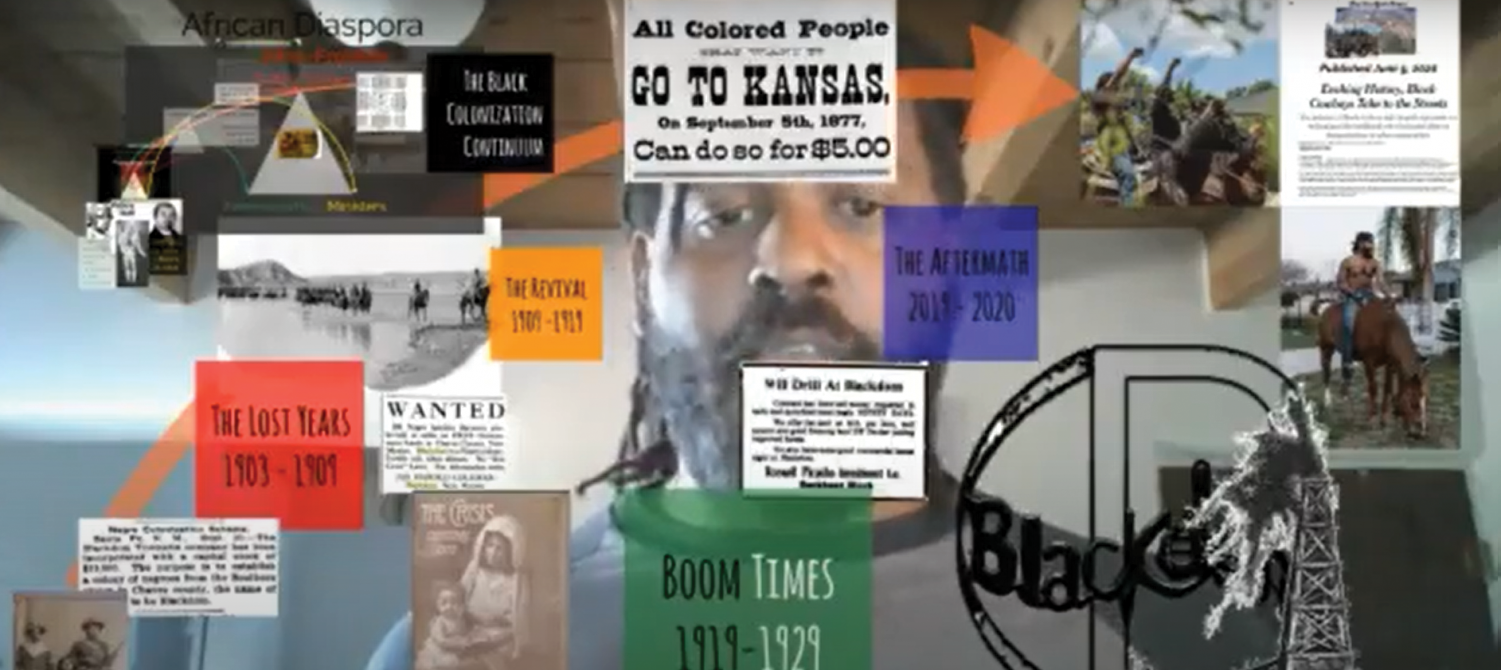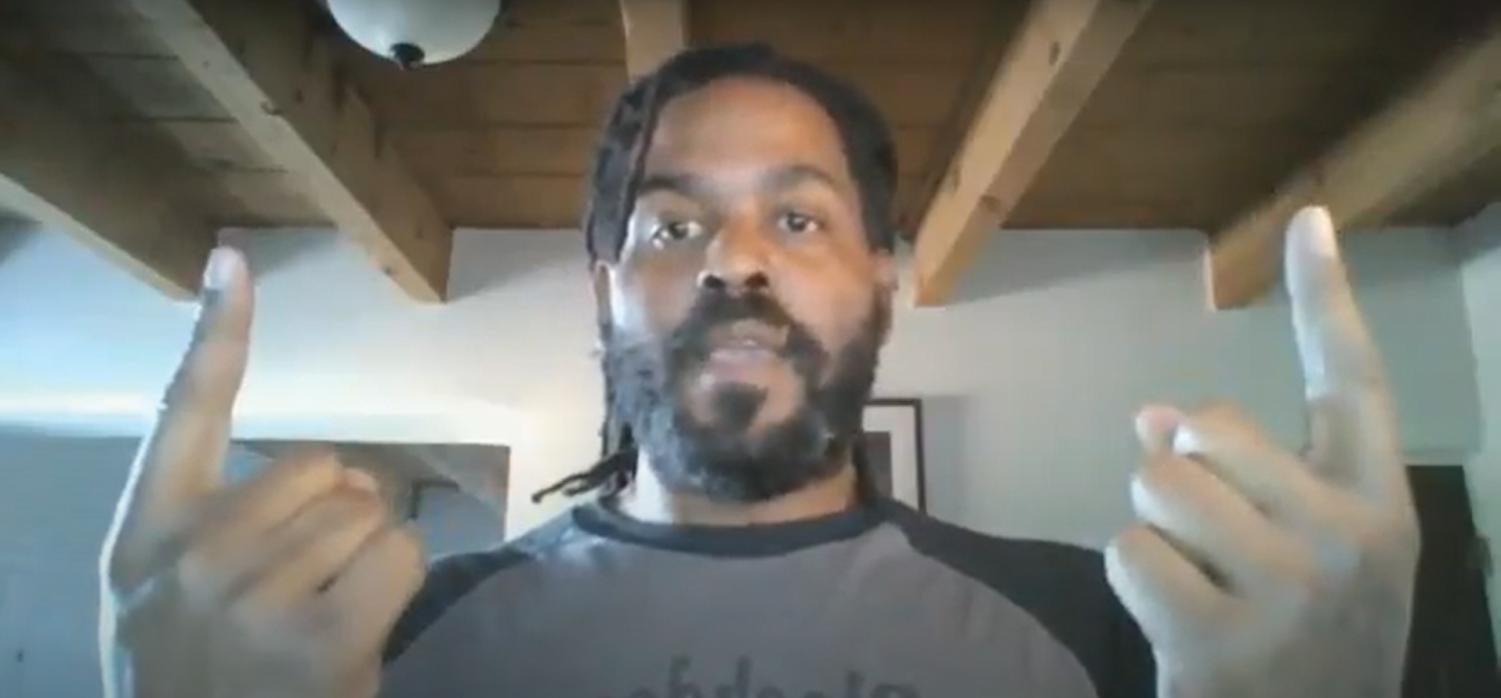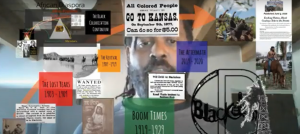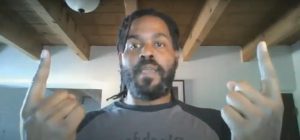Dr. Timothy Nelson gives presentation on Blackdom
Oct 19, 2020
On Thursday, Oct. 15, the History Club hosted a presentation by UNI alum Dr. Timothy E. Nelson, who presented his research of the Afro-Frontier in American history. This “forgotten history” bridges the gap between black America’s past with slavery and the current racial and ethnic climate today. Dr. Nelson’s research stands to show how, under circumstances of oppression, the continual return to unity in the black community is not just part of history but part of the present.
The presentation was hosted on Zoom by Assistant Professor of History Fernando Calderon, who introduced Dr. Nelson and vetted questions for him until the Q&A section of the presentation. He introduced Dr. Nelson as a former graduate of the masters program at UNI, who studied under Brian Roberts as well as Dr. Cutter, who only had good things to say of the speaker. After his time at UNI, Nelson moved on to the University of Texas El Paso where he presented his dissertation. Soon after that, Nelson moved to Blackdom, NM where he now teaches about its history.
Dr. Nelson started the presentation by briefly explaining the history of black migration after the end of slavery. He explored the ingenuity of black settlers in New Mexico by their founding of the township of Blackdom. He explained that Blackdom was a settlement in New Mexico that was created to be entirely self-sufficient and intended to be an entirely black community. They put out a call in newspapers for black families, specifically asking for farmers willing to move to NM to help found the settlement by dry farming the land. The initial call for those who had farming experience was important to them because the challenge that farming in NM posed.
“They did market themselves as if it was a refuge. However, you can see, quickly they found out that city folk and dry farming do not mix,” Nelson said with a laugh.
Nelson also focused on the ideals of the people of Blackdom, primarily those more diverse than ones that came from the typical slave narrative. The people of Blackdom, called “Blackdomites,” believed in intentional black sovereignty, the basis of which was separate but equal. Being in charge of themselves but surrounded by their own community. These ideals were reflected in their community through the church that was founded and the dependence they had outside of the community on each others homesteads when work was scarce.
Dr. Nelson also pointed out the similarity between then and the present, where Black cowboys and cowgirls rode horses through the city of Compton alongside “gangsters.” Not only is the community of these black Americans in the west closed, in a similar way that Blackdom was, but he equates the circumstances that brought them to riding through Compton to the ones are thought to have inspired Blackdom.
“Today, if Black people are coming together in a way they have not before because of the pressure similar to 1919, there is an intersectional blackness that is going on,” said Nelson. “It is bringing black cowboys together with black gangsters. So the resistance today is the same as before, where you see Blackdom as the place of intention.”
If you would like to learn more about Dr. Nelson or his thesis on Blackdom, you can find him, as well as his website and other resources on his Facebook page.










